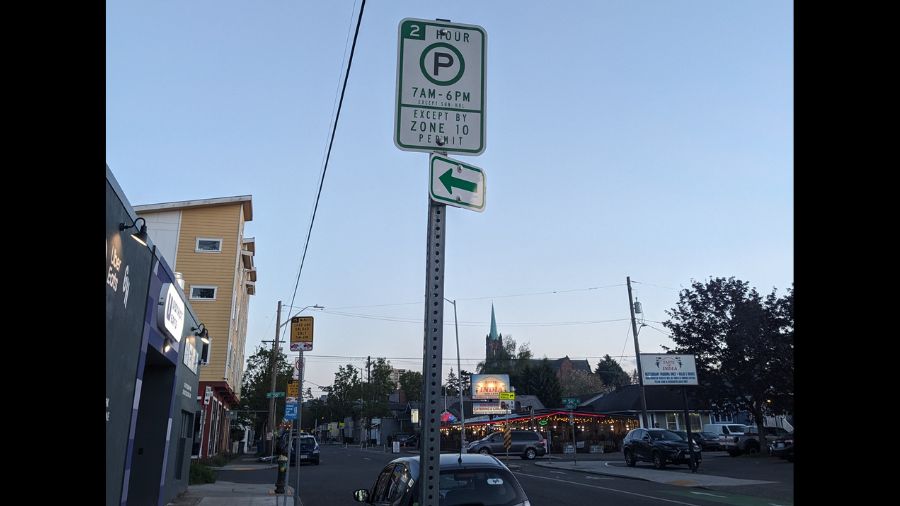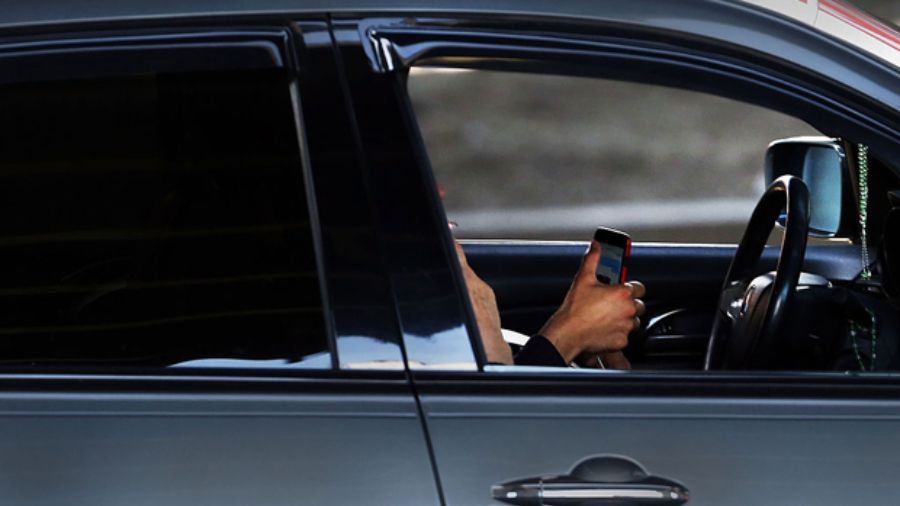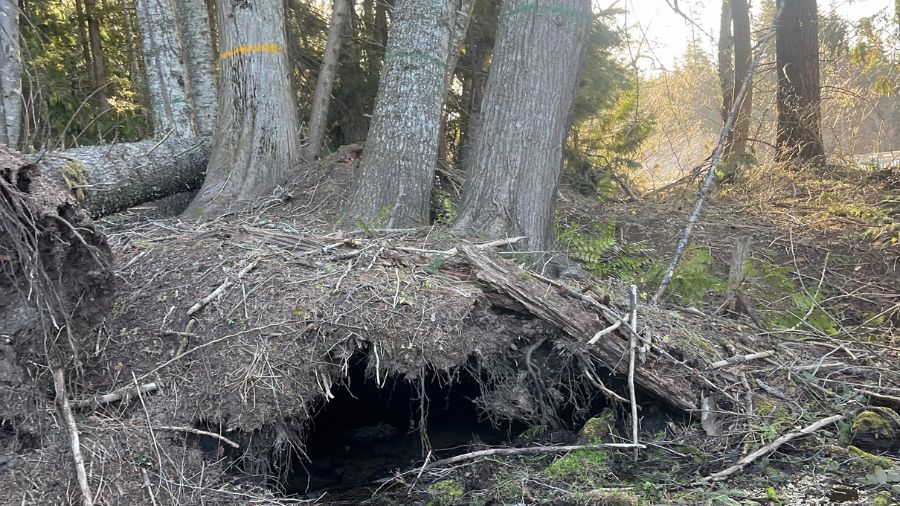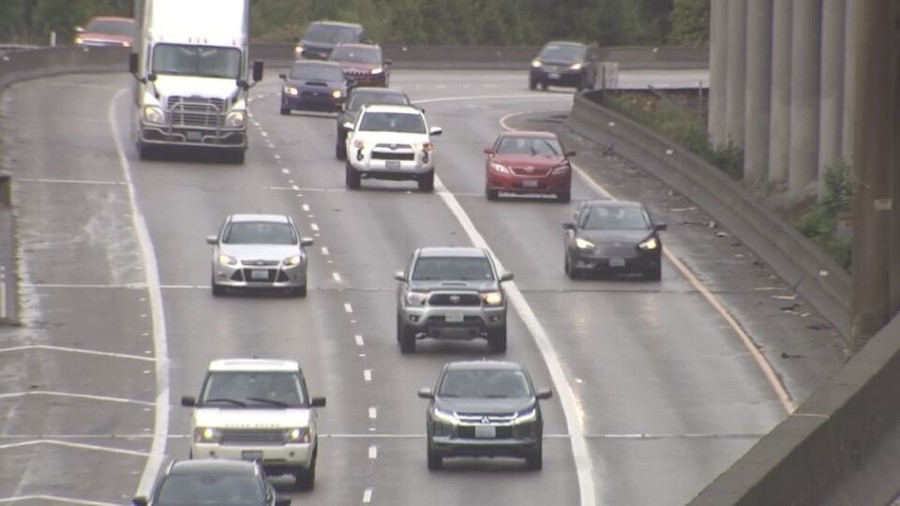New Seattle traffic engineer pushes safety as top priority
Jan 27, 2022, 5:51 AM

Celebrating the completion of new protected bike lanes on 4th Avenue in Seattle. (Photo Credit: Jordan Samson/Courtesy of SDOT Flickr)
(Photo Credit: Jordan Samson/Courtesy of SDOT Flickr)
While we wait for Seattle Mayor Bruce Harrell to announce his choice to run the city’s Department of Transportation, the agency does have a new lead traffic engineer who’s already working on ways to improve how we get around.
Uncertainty of COVID, work schedules brings changes to Puget Sound commute
Venu Nemani has some big shoes to fill. His predecessor, Dongho Chang, was on the job for nearly a decade, and had a hand in transforming a lot of the ways we get around Seattle. Chang left for the Washington State Department of Transportation in September, and Nemani is already getting comfortable in his new role.
Nemani has been with SDOT for over four years, with a focus on transforming the traffic management center and working on adaptive signal control.
Like his predecessor, Nemani has a passion for moving people around the city, with safety as his top priority.
“I have my own personal philosophy, and if I had to sum it up in one sentence I would say, ‘promoting safety, equity and climate action’ are my guiding principles,” he said.
Nemani is all about moving people, not vehicles. Some of his passions are for things that people living outside of the city might not like but fit the city’s goals. That includes things like expanding active transportation opportunities — that’s biking, walking, or rolling — and making it easier to get that last mile from transit to home.
“If we, as a society, start looking at how we move people safely and efficiently and how we use our resources, I think we would come to a different conclusion on the choices that we want to make as a society,” he said.
He admits there is a role for cars in this system, but he believes the city should be focusing less on single-vehicle trips, which he said is a big part of the city’s Vision Zero campaign.
“Part of what Vision Zero is trying to do is dismantling the system that has been built for decades and decades that focused on vehicular movement,” Nemani said.
He doesn’t see this as a war on cars, but as a transformation of how we all think about getting around in a growing urban landscape.
Nemani is also a big proponent of adaptive signal technology, which helps cars and buses get through congestion more easily. He is always looking for opportunities to expand the system.
I asked him if was a supporter of congestion pricing in the city, where drivers would be charged for driving in the downtown core. Nemani thinks it should be studied, but he’s concerned about the impact it would have on low-income workers.
“It places a certain financial burden on our disadvantaged communities, and when we make those decisions, we need to make that choice deliberately and carefully,” he said.
I also asked him about expanding the use of all-walk intersections — like at Pike Place Market — where pedestrians get one light and they can walk any direction. That’s something he said he would consider.
“It’s part of our toolkit, but I would not say it is a solution to enhanced pedestrian safety at all signalized intersections across the city,” Nemani said.
The biggest challenge Nemani sees as he takes over this role is how to change the trend of pedestrian and bike deaths in the city. They are going up, despite people driving less as we come out of the pandemic. He says that needs to be turned around.
Check out more of Chris’ Chokepoints.
Follow @https://twitter.com/newsguysully













